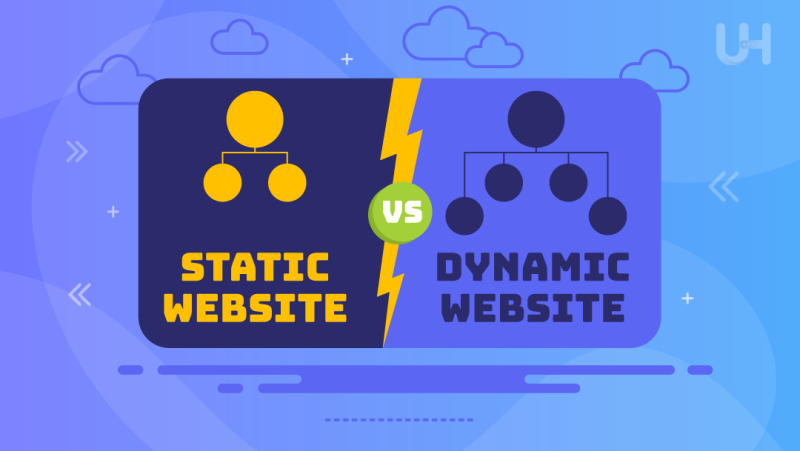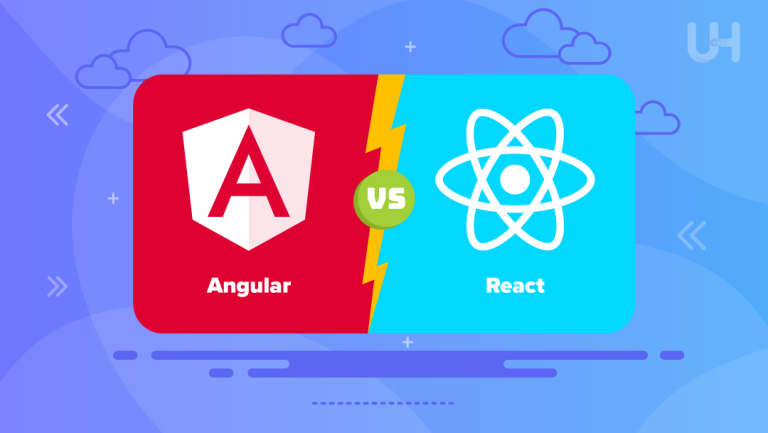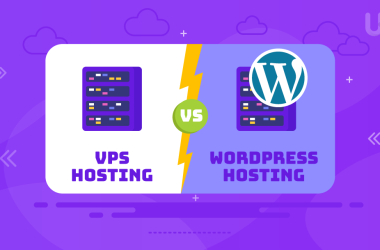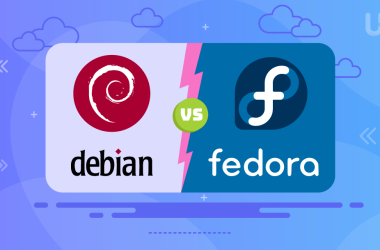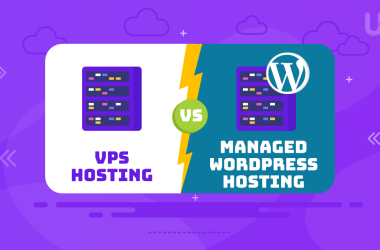Before you start building a website, it’s important to understand the difference between static and dynamic websites. This determines how your web pages are stored and delivered to the end-user. In this article, we will discuss the primary differences between dynamic vs static websites and help you choose the ideal type for your application.
We will delve into the features and functionalities of static and dynamic websites, demonstrate how each one operates, and discuss the benefits and drawbacks of dynamic and static websites, so you can make an informed choice. So, let’s start!
What is a Static Website?
A static website is one where web pages are delivered to the end user exactly how they are stored. The content does not change in real-time in response to user queries. These files are usually written in HTML, JavaScript, and CSS, which are called client-side languages since they execute on the user’s browser.
This does not mean static websites aren’t interactive or engaging. They can have buttons, CTAs, images, gifs, and animations powered by JS or CSS. However, the distinctive character of a static website is that it looks the same for everyone. You can use a static site generator to build static web pages.
Pros of Static Websites
Here are the key advantages of static websites.
- Faster Page Load Speeds: Static websites are built for speed. Since the content is pre-written and not rendered in real-time, it can be delivered instantly whenever a user requests. Better yet, these sites run perfectly on cheap dedicated servers.
- Quick Creation: Static websites are easier to generate than dynamic sites since there are no cloud databases to deal with. This consumes fewer server resources and eliminates the need for database management services like MySQL and MSSQL, increasing page load speeds.
- Better Security: Theoretically, static websites are more difficult to hack since there are fewer dynamic elements to manipulate. The lack of an external database and third-party plugins is one of the best examples.
Cons of Static Websites
Here are the primary disadvantages of static websites.
- Limited Scalability: The primary drawback of static websites is the lack of scalability. While a static site can have hundreds of web pages, it will be a slow and lengthy process as each page will be built individually.
- Poor Management: Static websites are more difficult to manage, especially with multiple pages. Adding and editing content on static sites is more challenging than on dynamic sites.
What is a Dynamic Website?
A dynamic website is one where the content changes based on several factors such as the user’s location, local time, actions, and preferences, making for a more personalized experience. Dynamic websites require greater complexities on the back end to make the front end more engaging and tailored to individual users.
Dynamic websites don’t store each page on the server. Instead, they render content on the go when users request to view a page. Once the page is built, the user’s browser receives the HTML file. Dynamic sites use Content Delivery Networks or CDNs to lower bandwidth consumption and increase page load speeds.
Elevate Your Website with Premium WordPress Hosting
Take your website to the next level with Ultahost’s LiteSpeed WordPress Hosting plans. Experience 5x faster loading times than competing services with WP hosting solutions precisely built to maximize speed and performance.
Pros of Dynamic Websites
Here are the primary advantages of dynamic websites.
- Quick and Easy Updates: On dynamic websites, content changes on one page automatically reflect on other pages without manual intervention. This is useful for websites containing hundreds of pages.
- Greater Functionality: Dynamic websites offer far greater functionalities than their static counterparts. You can easily build dynamic sites with a Content Management System like WordPress or Drupal, without writing a single line of code.
- Tailored User Experience: Since dynamic websites contain information tailored to user needs, they offer a more personalized experience for the user.
Cons of Dynamic Websites
Here are the primary drawbacks of dynamic websites.
- Resource-intensive: Due to the extra steps required for connecting and organizing databases, dynamic websites require more resources and can be more expensive to maintain.
- Performance Issues: Dynamic websites have more moving parts than static sites. This can lead to frequent performance issues. However, using a high performance VPS hosting plan can mitigate the problem considerably.

Static vs Dynamic Websites: Head-to-Head Comparison
Confused between dynamic and static websites? Here is a head-to-head comparison to help you make an informed choice.
Performance
Static websites generally load faster than dynamic sites as they have fewer pages and minimum complexities. Dynamic websites, on the other hand, comprise more extensive elements that consume greater server resources. So, if you plan to build a one-page site, a static website makes more sense. For more interactive user experiences, build a dynamic website.
Flexibility
While there is no limit on the number of pages on a static website, management is an issue. Therefore, static websites are best limited to a handful of pages. Dynamic sites, on the other hand, are easier to organize, maintain, and update. Hence, they are better for building extensive web applications such as online stores, business blogs, etc.
Programming
Static sites use client-side languages such as JS, HTML, and CSS that deliver files to the user without modifications. Due to their nature, the content only changes when the web developer changes the code. Dynamic websites use server-side frameworks like PHP, Python, and Ruby to render content in real-time based on user inputs.
Conclusion
In the battle between static vs dynamic websites, what really matters is the website’s purpose. The goal is to build a responsive site to improve the user experience. So, whether you plan to build a dynamic or static website, consider the ease of use, functionality, and purpose.
Looking for a powerful web hosting solution for your website? Choose Ultahost’s affordable and powerful VM hosting plans and host your Virtual Machines securely on our world-class Windows and Linux servers. Enjoy global access, multi-OS hosting, and unmetered traffic, starting at just $5.99/month.
FAQ
What is a static website?
A static website is a type of website that delivers fixed content to users, meaning the same content is shown to every visitor without any server-side processing or interaction.
What is a dynamic website?
A dynamic website generates content on the fly based on user interactions, database queries, or server-side scripts.
Static vs dynamic websites: What is the difference?
A static website delivers the same fixed content to all users without server-side processing, making it simple, fast, and secure. A dynamic website generates and serves different content based on user interactions or database queries, allowing for interactivity and personalization but requiring more resources and maintenance.
How do you know if a website is static or dynamic?
To determine if a website is static or dynamic, observe how it responds to interactions. If the content remains the same for all users and doesn’t change without a page reload, it’s likely static. If the content changes based on user actions or updates in real-time, it’s dynamic.
Static vs dynamic websites: Which is better?
A static website is better for simplicity, speed, and security, ideal for sites with stable content. A dynamic website is better for interactivity, frequent updates, and complex features, making it suitable for more engaging, user-driven experiences. The choice depends on your specific needs and project requirements.
How do I build a static website?
To build a static website, create HTML, CSS, and optional JavaScript files, then host them on a web server. Tools like Jekyll or Hugo can simplify static site generation.
How do I build a dynamic website?
To build a dynamic website, use server-side technologies like PHP, Node.js, or Python with a database (e.g., MySQL) to generate content dynamically. CMSs like WordPress and Drupal make the job easier.





